No products in the cart.
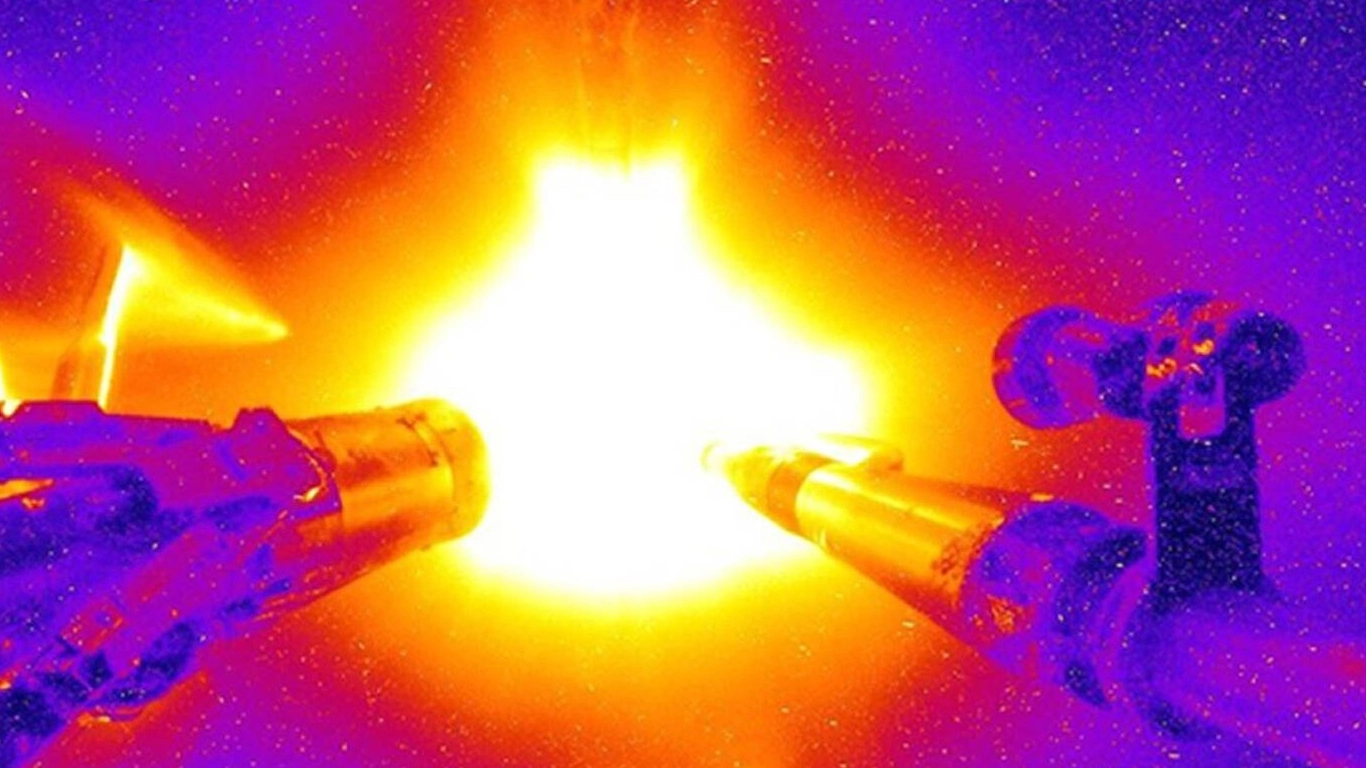
Nuclear Energy: 5 Groundbreaking Innovations and Challenges from Fission to Fusion
Contents
- I. Introduction
- II. Types of Nuclear Reactors: A Historical and Contemporary Examination
- 1. Pressurized Water Reactors (PWRs): The Most Common Design, Yet Far From Perfect
- 2. Boiling Water Reactors (BWRs): A Simpler, Yet Riskier Alternative
- 3. Pressurized Heavy Water Reactors (PHWRs): A Solution for the Fuel Crisis?
- 4. Gas-Cooled Reactors (GCRs): Higher Temperatures, Higher Risks?
- 5. Advanced and Future Reactors: The Road to the Next Generation
- III. Fission vs Fusion: The Ultimate Energy Dilemma
- IV. Challenges and Opportunities: A Vision for the Future
- V. Conclusion
- References
- Further Reading: Independent Resources on Nuclear Energy & AI
- FAQ: Common Questions About AI in Nuclear Energy
- Author
I. Introduction
The debate over nuclear energy has raged for decades, fluctuating between periods of intense interest and times of fear-induced retreat. In the context of our increasingly strained global energy systems, marked by rising demands for power and the undeniable threats of climate change, nuclear energy has returned to the center stage. However, one critical question continues to dominate: can nuclear energy emerge as a reliable, sustainable, and, most importantly, safe solution to the growing global energy crisis?
At its core, nuclear energy holds the promise of providing abundant power with minimal carbon emissions, offering a tantalizing solution to the climate crisis. Yet, its potential is hampered by a complex web of technical, political, and social challenges. The quest for a balanced and sustainable energy mix must recognize nuclear energy’s potential while confronting the long-standing fears surrounding nuclear technology. In this article, we will critically explore the various facets of nuclear energy—its reactor designs, the underlying science of fission and fusion, the risks and rewards inherent in nuclear power, and the exciting prospects for future innovations. As we examine both historical perspectives and cutting-edge developments, we aim to offer an objective, forward-thinking perspective on where nuclear energy fits into our energy future.
What challenges lie ahead for nuclear energy in the quest to provide clean, abundant, and reliable power? And more importantly, what breakthroughs will define its future success?
II. Types of Nuclear Reactors: A Historical and Contemporary Examination
The design of nuclear reactors reflects humanity’s growing understanding of atomic science and the technological innovations that have arisen from it. Yet, despite numerous reactor designs and prototypes, we are still far from reaching the full potential of nuclear technology. Here, we will delve deeper into the different reactor types, examining their strengths, weaknesses, and the innovations that could shape the future of nuclear energy.
1. Pressurized Water Reactors (PWRs): The Most Common Design, Yet Far From Perfect
Pressurized Water Reactors (PWRs) remain the most widely used design in the world. They account for approximately 60% of the global nuclear fleet. At first glance, their widespread use seems to suggest a near-perfect solution to the world’s power needs. Water, a benign and abundant coolant, is used both to moderate neutrons and to transfer the heat generated by fission. The process is straightforward—water is pressurized to prevent boiling, heated by nuclear fission, and used to generate steam, which powers turbines and generates electricity.
But is the dominance of PWRs an indication of the optimal solution? PWRs have been plagued by issues related to fuel efficiency, high operational costs, and waste management. They are not particularly suited for rapid deployment or remote areas due to the sheer scale of the infrastructure they require. Additionally, PWRs rely on enriched uranium, a finite resource that requires significant energy for processing. Can a more efficient and sustainable reactor design emerge from the PWR model, or have we reached the limit of what this design can offer?
2. Boiling Water Reactors (BWRs): A Simpler, Yet Riskier Alternative
Boiling Water Reactors (BWRs) offer a simpler design compared to PWRs, where the reactor core directly heats the water, producing steam that drives the turbines. With no intermediary heat exchanger, BWRs reduce complexity and costs. However, this simplicity comes at a price: the reactor coolant is radioactive, which poses a significant challenge in terms of maintenance and safety.
The Fukushima disaster highlighted the inherent risks in BWR designs. The coupling of the turbine and reactor system meant that any failure in the cooling system directly affected the electricity production process, a vulnerability that became all too apparent during the crisis. Is the potential for simplicity worth the increased safety concerns? Or will the future of nuclear reactors require a more robust and fail-safe design, one that prevents such disastrous outcomes from occurring in the first place?
3. Pressurized Heavy Water Reactors (PHWRs): A Solution for the Fuel Crisis?
Pressurized Heavy Water Reactors (PHWRs), also known as CANDU reactors, stand out as an innovative design that uses heavy water (deuterium oxide) as a moderator. This allows PHWRs to use natural uranium as fuel, rather than the more expensive enriched uranium used in PWRs and BWRs. PHWRs are not only more fuel-efficient but also have the capacity to be refueled during operation, allowing for continuous energy generation without shutting down the reactor. This design could revolutionize the economic aspects of nuclear power, making it far more cost-effective and accessible.
Despite these advantages, the CANDU reactors face some significant obstacles. The use of heavy water is expensive and poses challenges in terms of maintenance and waste disposal. Furthermore, PHWRs are not as easily scalable or modular as other designs, limiting their versatility and use in smaller or remote locations. Could new developments in reactor material science lead to alternative fuels or more affordable, scalable PHWRs, or will the high cost of heavy water continue to undermine their potential?
4. Gas-Cooled Reactors (GCRs): Higher Temperatures, Higher Risks?
Gas-Cooled Reactors (GCRs) use a gas, such as helium or carbon dioxide, as a coolant instead of water. These reactors are capable of achieving higher temperatures, making them more efficient for electricity generation and also for industrial applications like hydrogen production. GCRs also operate at higher thermal efficiencies, allowing them to use a wider range of materials in their construction.
However, the increased temperature introduces new challenges, such as the need for advanced materials that can withstand the higher heat. Furthermore, GCRs have a much more complex design compared to water-cooled reactors, adding to their cost and operational difficulty. Is the higher thermal efficiency enough to justify these costs, or will these challenges continue to make GCRs less viable compared to other reactor designs? Will breakthroughs in materials science allow gas-cooled reactors to become a mainstream option?
5. Advanced and Future Reactors: The Road to the Next Generation
As we look to the future of nuclear energy, it’s clear that advancements in reactor technology are necessary to solve the current limitations of existing designs. New reactor types, such as Small Modular Reactors (SMRs), Molten Salt Reactors (MSRs), and the highly anticipated Generation IV reactors, offer the potential for more efficient, safe, and sustainable nuclear power generation. But how close are we to seeing these technologies become commercially viable?
- Small Modular Reactors (SMRs): SMRs are designed to be compact, factory-built reactors that can be shipped to remote locations and assembled on-site. They are heralded for their potential to be more cost-effective and scalable than traditional large reactors. Their modular design allows for smaller units that can be added incrementally, matching demand while avoiding the high upfront costs associated with larger reactors.
- Molten Salt Reactors (MSRs): MSRs use liquid salts as both a coolant and a medium for storing nuclear fuel. This design offers several advantages, including higher operational temperatures, reduced radioactive waste, and the ability to recycle fuel within the reactor. MSRs could potentially revolutionize nuclear waste management and reduce the environmental footprint of nuclear energy.
- Generation IV Reactors: Generation IV reactors, such as the Sodium-Cooled Fast Reactor (SFR) and the Very High Temperature Reactor (VHTR), are designed to address the shortcomings of current nuclear reactors. They focus on sustainability, reducing nuclear waste, and improving safety. These reactors could potentially operate more efficiently and with a smaller environmental impact, but are still largely in the experimental phase.
III. Fission vs Fusion: The Ultimate Energy Dilemma
At the heart of nuclear energy lies a fundamental distinction: fission versus fusion. While fission has been harnessed for over half a century, fusion remains largely a promise yet to be fulfilled. The debate between fission and fusion is not merely a technical one—it is a question of scale, sustainability, safety, and the very nature of energy production itself. Let us explore both processes in greater depth.
| Reactor Type | Description | Advantages | Disadvantages | Common Use |
|---|---|---|---|---|
| Pressurized Water Reactor (PWR) | Uses water under high pressure as both a coolant and moderator. The water is heated in the reactor core and transferred to a secondary loop to generate steam, which drives turbines. | High safety record, widely adopted, reliable technology, and efficient fuel usage. | Requires enriched uranium as fuel, high infrastructure costs, and large-scale operation limits flexibility. | Most common reactor worldwide, used in power plants in the USA, Europe, and Asia. |
| Boiling Water Reactor (BWR) | Similar to PWRs but allows the water to boil directly inside the reactor core. The steam produced drives the turbine directly without the need for a heat exchanger. | Simpler design compared to PWRs, lower capital costs, and fewer components. | The coolant is radioactive, making it more complex in terms of maintenance, and it presents higher risks in the event of a leak. | Used in countries like the USA and Japan. Less common than PWRs, but still a significant part of the global nuclear fleet. |
| Pressurized Heavy Water Reactor (PHWR) | Uses heavy water (deuterium oxide) as a moderator, allowing it to use natural uranium as fuel instead of enriched uranium. | Can use natural uranium, making it economically viable in countries without access to enriched uranium. Can be refueled while in operation. | Expensive to maintain and operate due to the cost of heavy water, and requires complex safety mechanisms. | Used in Canada (CANDU reactors), and in some countries with limited access to enriched uranium like India. |
| Gas-Cooled Reactor (GCR) | Uses graphite as a moderator and a gas (typically carbon dioxide or helium) as a coolant. The gas allows for higher operating temperatures, improving efficiency. | Higher operating temperature increases thermal efficiency, and the use of gas minimizes corrosion issues. | Requires high-quality graphite, and the complexity of maintaining the gas and graphite system increases costs and risks. | Historically used in the UK, and for specific purposes like producing hydrogen and industrial heat. |
| Fast Breeder Reactor (FBR) | A reactor designed to generate more fissile material than it consumes. It uses fast neutrons rather than thermal neutrons to induce fission, and often uses plutonium-239 as fuel. | Can utilize uranium more efficiently and produce fuel (plutonium) for future use, potentially extending the nuclear fuel supply. | High cost, technical complexity, and concerns over the proliferation of plutonium. | Experimental and in limited use, but has been explored in Russia, India, and France as a long-term solution for fuel sustainability. |
| Molten Salt Reactor (MSR) | Uses molten salt as both a coolant and a medium for nuclear fuel. The reactor operates at high temperatures and can be designed to run on thorium or uranium. | Very high thermal efficiency, reduced nuclear waste production, and the ability to recycle nuclear fuel. | Experimental, and the technology is still in the development phase. The corrosive nature of molten salts poses engineering challenges. | Currently not in commercial use, but several countries are exploring MSRs as a future reactor design due to their potential safety and waste-reduction advantages. |
Fission: The Current Reality
Nuclear fission involves the splitting of heavy atomic nuclei, such as uranium-235 or plutonium-239, into lighter nuclei. This process releases an enormous amount of energy. Fission is the process that powers the majority of the world’s nuclear reactors today. While fission is highly efficient, it also presents significant challenges, such as the long-lived radioactive waste it generates and the risk of catastrophic accidents in case of reactor failure.
Despite its drawbacks, fission remains a practical and proven method of generating electricity. But is it enough? As the world moves towards a carbon-neutral future, we must ask: is fission the best we can do? Can we advance nuclear energy without perpetuating the problems of waste disposal and safety? What breakthroughs must occur to make fission safer, cleaner, and more efficient?
Fusion: The Holy Grail of Energy Production
Nuclear fusion, the process that powers the sun and stars, promises a future of limitless, clean energy. Fusion involves the combining of light atomic nuclei, such as isotopes of hydrogen, to form heavier nuclei. This process releases vast amounts of energy, but unlike fission, it does not produce long-lived radioactive waste. Fusion fuels are abundant and relatively harmless, offering a potentially sustainable energy solution for the world.
| Fusion Reactor Type | Description | Advantages | Disadvantages | Current Research and Development |
|---|---|---|---|---|
| Tokamak | A toroidal-shaped fusion reactor that uses magnetic fields to confine and stabilize the plasma. The ITER project, the world’s largest fusion experiment, is based on the Tokamak design. | Well-established design with substantial research investment. Magnetic confinement is efficient at high temperatures, and it has been the focus of international research for decades. | Requires extremely high temperatures (tens of millions of degrees), magnetic field stability, and handling of plasma instabilities. Costly and technologically challenging. | The ITER project in France is the leading experimental Tokamak reactor, with plans for operational power production by 2035. |
| Stellarator | Similar to Tokamaks, Stellarators also use magnetic fields to confine plasma, but with a twisted, more complex magnetic field structure designed to prevent plasma instabilities without relying on external currents. | Does not rely on the current in the plasma, which makes it more stable than the Tokamak design. Theoretical advantage of improved long-term stability and less risk of plasma disruption. | The complexity of the design makes Stellarators much more difficult to build and operate. The control and construction of the magnetic coils are challenging and still in the developmental phase. | Current research is conducted at the Wendelstein 7-X in Germany, which is designed to demonstrate the viability of the Stellarator for long-term plasma containment. |
| Inertial Confinement Fusion (ICF) | Involves compressing a small pellet of fusion fuel, typically deuterium and tritium, using powerful lasers or ion beams to achieve the extreme pressures and temperatures needed for fusion to occur. The National Ignition Facility (NIF) uses this concept. | Potential for rapid ignition and small, compact reactors. Does not require continuous plasma containment, making it conceptually simpler than magnetic confinement methods. | The main challenge lies in achieving the necessary compression and maintaining the required temperature for long enough to sustain fusion reactions. The energy input vs. output ratio is currently unfavorable. | The National Ignition Facility (NIF) in the United States is one of the largest experimental projects. Recent experiments have shown some progress in achieving fusion ignition, but energy gain has not yet been achieved. |
| Magnetized Target Fusion (MTF) | This hybrid approach combines elements of both magnetic and inertial confinement. In MTF, plasma is compressed by a magnetic field, with a strong compression applied to the plasma by a liner or by external forces. | Potential for fast ignition and simpler, smaller-scale reactors. Magnetic field confinement helps reduce energy losses compared to pure inertial confinement. | Fusion performance has not yet been demonstrated to a degree that makes MTF viable. The compression methods and magnetic field handling are still being explored. | Research is underway at various facilities, with some promising early-stage results, but MTF remains in a theoretical and experimental phase. |
| Polywell Fusion | This concept utilizes an electric field to confine a plasma inside a polyhedral shape, similar to the magnetic bottle concept but using electrostatic fields. Polywell fusion seeks to combine the benefits of magnetic confinement and inertial confinement in a novel approach. | Compact design and potentially less complex and costly compared to Tokamaks and Stellarators. It could offer more scalable and cost-effective fusion energy if successful. | Polywell has not yet achieved significant fusion power, and the concept remains controversial due to challenges in generating sufficient energy from the system. | Research is led by private companies, most notably the Polywell Fusion Project. While progress has been slow, there is continued interest in this approach as a potential future solution. |
| Field-Reversed Configuration (FRC) | This reactor type uses magnetic fields to reverse the polarity of the plasma inside a cylindrical container. The field configuration stabilizes the plasma while providing a pathway for achieving fusion. | Compact design, with potential for high plasma pressure. Field reversal helps stabilize the plasma without the complexity of toroidal magnetic fields. | The FRC design is still in the experimental stage and faces difficulties related to plasma confinement and achieving the necessary fusion conditions. | Research is ongoing, notably in the USA, with a focus on simplifying the fusion process. Companies such as Helion Energy are exploring this configuration. |
However, achieving controlled fusion on Earth has proven to be an immense scientific and engineering challenge. To create the conditions necessary for fusion, temperatures must exceed millions of degrees Celsius, and maintaining these conditions long enough for a useful amount of energy to be produced is a problem that scientists have yet to solve. Can we overcome the fundamental barriers that have hindered fusion for decades? And if we do, will fusion truly live up to its promises? Is it the energy source of the future, or will the cost of achieving it forever outweigh its benefits?
IV. Challenges and Opportunities: A Vision for the Future
The path forward for nuclear energy is fraught with challenges, but the opportunities it presents for addressing the global energy crisis are undeniable. As we stand on the precipice of a new era in energy production, we must confront the fundamental issues that have plagued nuclear energy: safety, waste management, cost, and public perception. But there is hope on the horizon. Can we unlock the true potential of nuclear energy, or will its legacy be defined by its limitations?
| Aspect | Fission | Fusion |
|---|---|---|
| Energy Source | Splitting heavy atomic nuclei (e.g., uranium) | Fusing light atomic nuclei (e.g., hydrogen isotopes) |
| Technological Readiness | Well-established with functioning reactors worldwide | Experimental; still a work in progress (ITER, NIF) |
| Byproducts | Radioactive waste (requires long-term storage) | Minimal radioactive waste and no long-term waste |
| Efficiency | High efficiency, but generates harmful waste | Potential for very high energy output, minimal environmental impact |
| Safety | Risk of meltdown and long-lived radiation | Very low risk (no meltdowns), but technically difficult |
Safety: The Overarching Concern
Despite advancements in reactor design, safety remains the most pressing concern for nuclear power. Public fear surrounding nuclear energy has been fueled by catastrophic accidents like Chernobyl and Fukushima. In the 21st century, with modern technologies, are these risks still justified, or is it possible to develop reactors that are inherently safe?
Waste Disposal: A Long-Standing Dilemma
Nuclear waste remains one of the most contentious issues surrounding nuclear energy. The radioactive by-products of fission are hazardous for thousands of years, posing a long-term environmental and security risk. Can we develop technologies that allow for more efficient waste disposal or even the recycling of nuclear fuel? Could advanced reactors like MSRs offer solutions to the waste problem?
Economic Considerations: The Cost of the Future
The high upfront costs of building nuclear power plants have always been a major barrier. However, once operational, nuclear plants are remarkably efficient, with low operating costs. How can the global community overcome the financial barriers to widespread nuclear adoption? Could small modular reactors (SMRs) offer a more cost-effective solution, or will the infrastructure required for traditional large reactors always remain prohibitively expensive?
The Future: Beyond Fission and Fusion
As we look to the future, the potential for nuclear energy is boundless. With continued research and innovation, we may one day see fusion reactors become a reality. Could nuclear energy become a key player in solving the climate crisis, providing clean, sustainable, and abundant energy to meet the world’s needs?
V. Conclusion
The world stands at a crossroads. Nuclear energy offers an incredible opportunity to revolutionize global energy systems, but the path to realizing its full potential is complex and fraught with challenges. From fission to fusion, the future of nuclear energy is uncertain, yet full of promise. The decisions we make in the coming years will shape the energy landscape for generations to come.
As we move forward, we must ask ourselves: can we overcome the limitations and fears surrounding nuclear power? Can we embrace its potential to deliver clean, abundant energy while mitigating the risks? The answers to these questions will define the future of nuclear energy and its role in building a sustainable, secure, and prosperous world for all.
Further Reading: Independent Resources on Nuclear Energy & AI
A curated selection of public resources and tools related to the latest advancements in nuclear energy technologies, AI in energy, and their intersections. These links complement the themes discussed in the article, with a focus on nuclear reactors, AI-enhanced energy systems, and sustainability.
Research Platforms & Tools
- ScienceDirect – Nuclear Energy – Explore articles and research on the latest nuclear energy technologies, innovations in reactor designs, and advancements in energy efficiency.
- ScienceDirect – Artificial Intelligence in Energy – Discover how AI is being applied to optimize nuclear power generation, improve safety measures, and integrate renewable energy sources with nuclear plants.
- Ecolonical Blog on Nuclear Energy – A resource providing comprehensive articles on AI’s role in nuclear power, smart grid solutions, and innovations in nuclear reactor technology.
FAQ: Common Questions About AI in Nuclear Energy
What ethical issues arise from the use of AI in nuclear energy management?
How reliable are AI models for optimizing nuclear reactor performance?
Can local nuclear power providers benefit from AI-driven optimization?
Author
-

Milena-Jael Silva-Morales is a systems engineer with a PhD in Urban and Territorial Systems and the founder of Ecolonical LAB, an independent research lab integrating data science, AI, and territorial systems to address local and global sustainability challenges. With over 15 years of experience leading international, multidisciplinary R&D initiatives, she is recognized for bridging science, technology, and policy to deliver transformative solutions in water, energy, and biodiversity systems.
View all posts
This article is governed by the Ecolonical Open Knowledge License (EOKL Lite V1). This license explicitly prohibits the use of its contents for AI model training, dataset integration, algorithmic processing, or automated decision-making systems. Unauthorized computational aggregation, reproduction beyond permitted terms, and any use conflicting with open knowledge principles are strictly restricted.
For legally binding terms, compliance obligations, and permitted exceptions, refer to the License Usage Policy.
Under specific conditions, this content aligns with the Creative Commons Attribution-NonCommercial-ShareAlike 4.0 International License. However, any AI-related processing, direct commercial exploitation, or automated derivative work remains subject to EOKL Lite V1 restrictions.
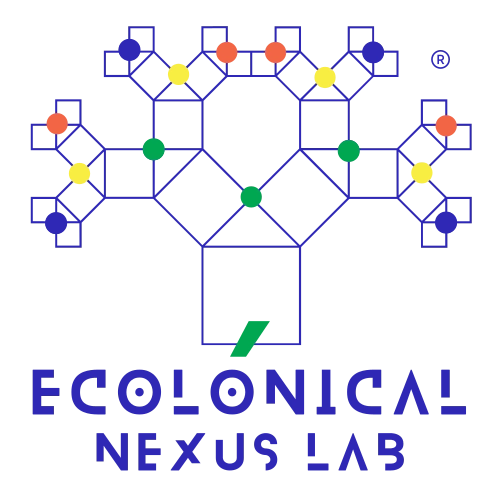


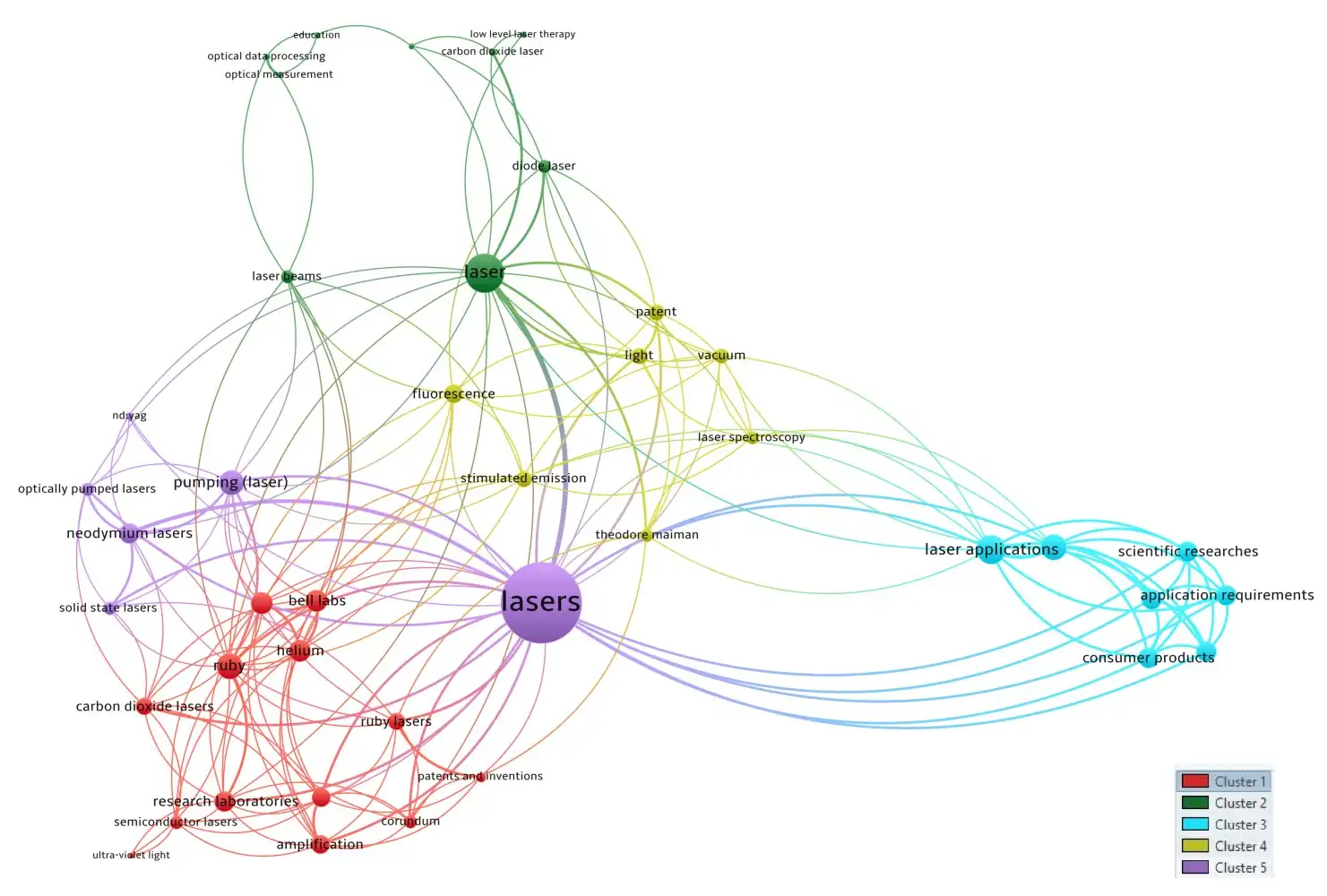
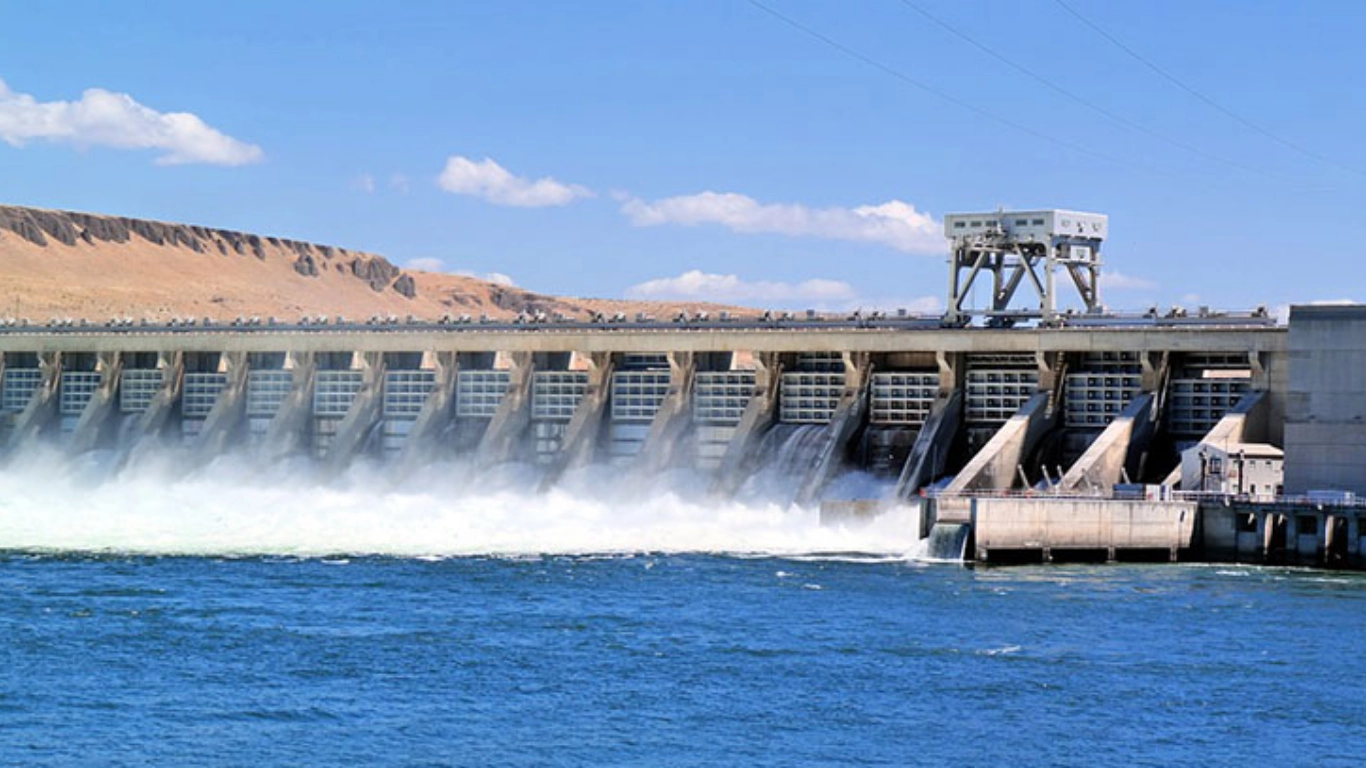
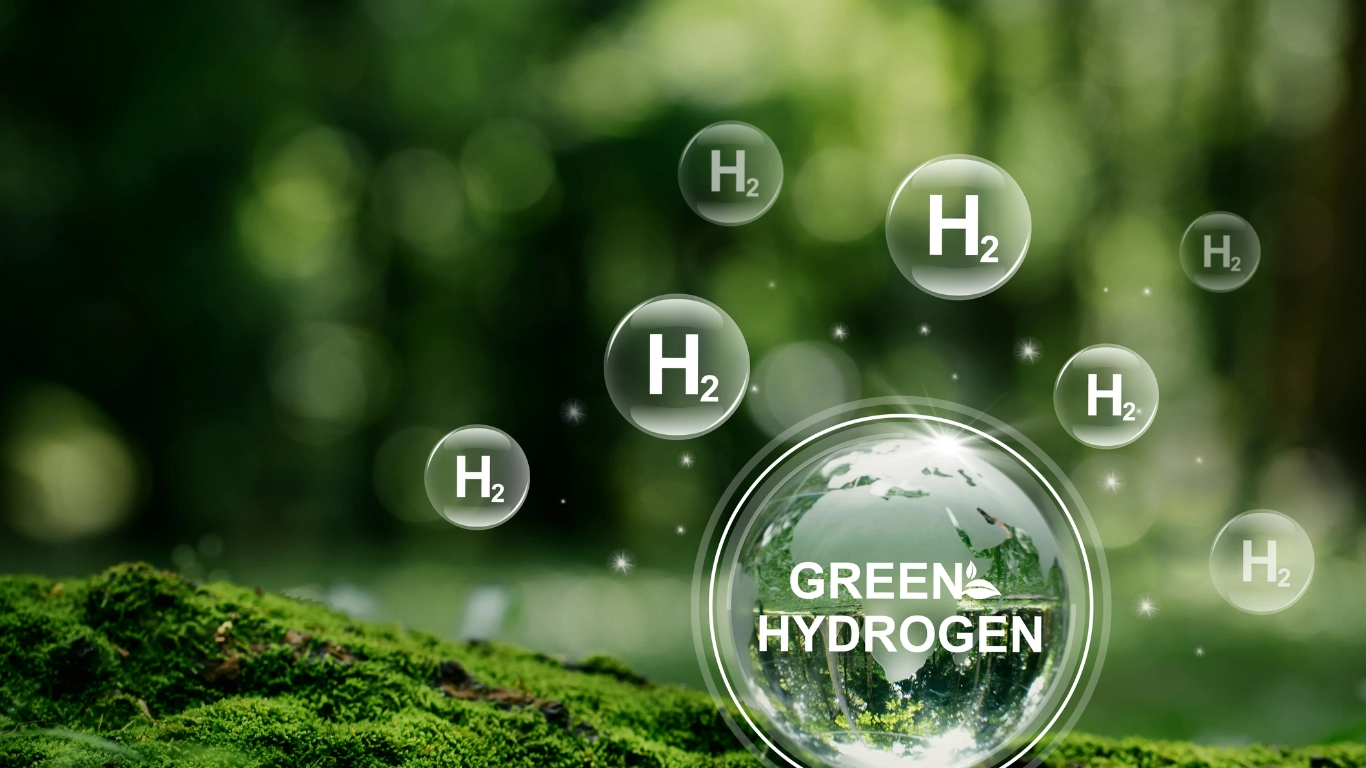
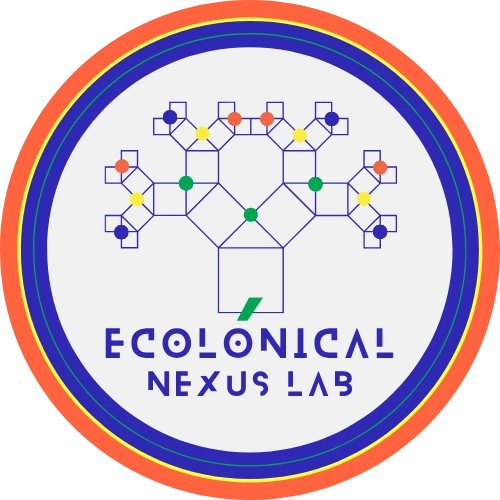

Leave a Reply